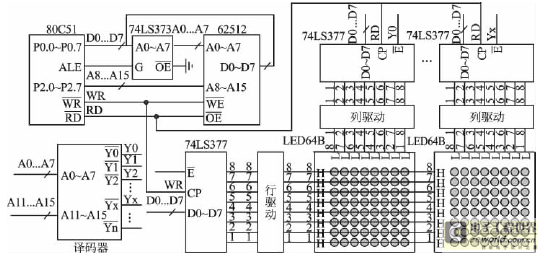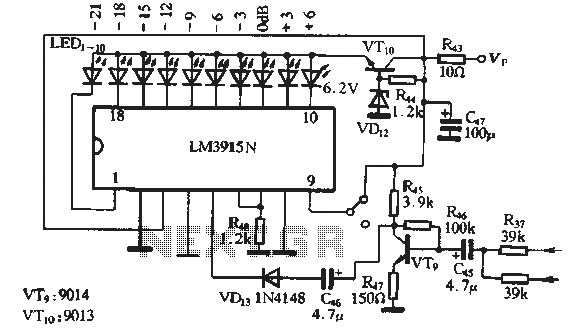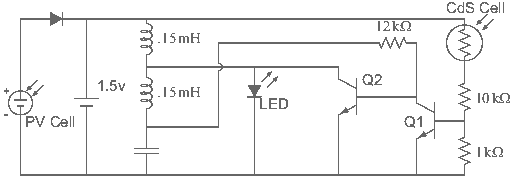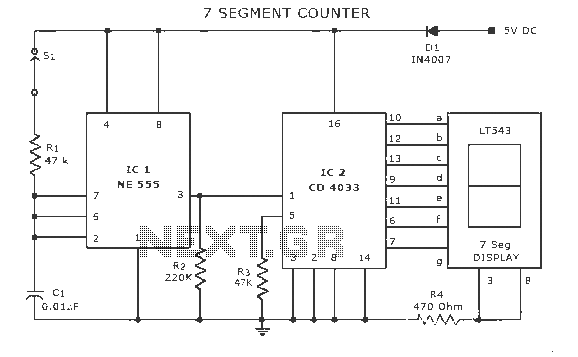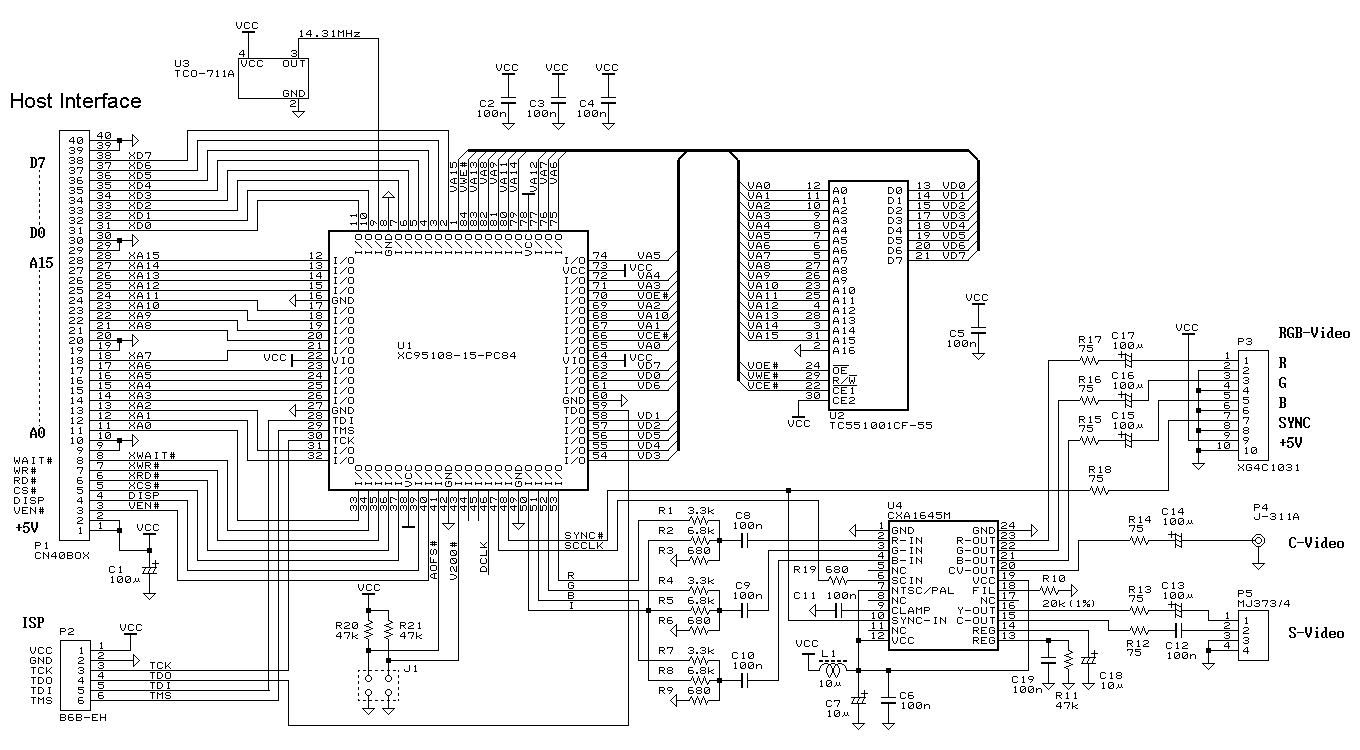
diodes on electromechanical vane display
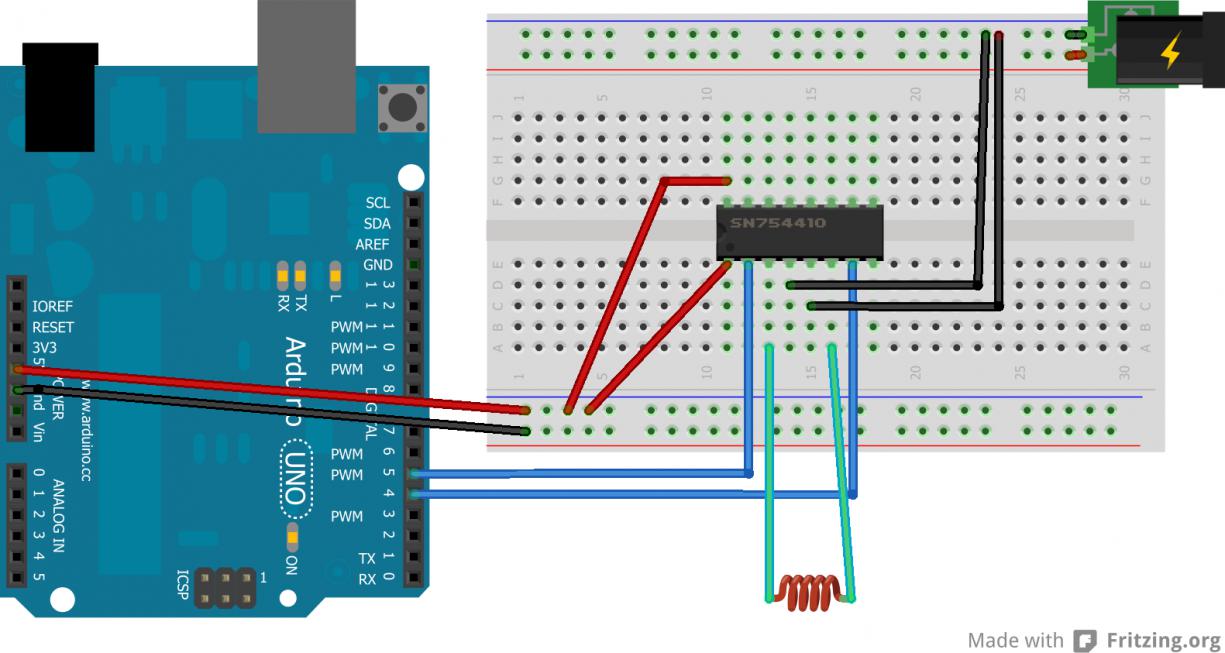
A newcomer to electronics has recently acquired several electromechanical seven-segment vane displays and seeks assistance.
Electromechanical seven-segment vane displays are devices commonly used for visual representation of numerical data. They consist of a series of segments arranged in a figure-eight pattern, which can be illuminated to display digits from 0 to 9. Each segment is typically composed of a rotating vane that moves into position to create the desired numeral. These displays are often utilized in various applications, including digital clocks, measurement instruments, and other electronic devices requiring numerical output.
The operation of these displays relies on a combination of mechanical and electrical components. Each segment is driven by a small motor or solenoid that activates the vanes, allowing them to rotate into the correct position based on the input signal. The control circuitry usually consists of a microcontroller or logic gates that decode the input data and send the appropriate signals to the display.
When designing a circuit to interface with electromechanical seven-segment vane displays, it is essential to consider the power requirements and the control logic. The circuit should include a power supply capable of providing the necessary voltage and current to operate the motors effectively. Additionally, it is important to implement protective components, such as diodes, to prevent back EMF generated by the motors from damaging the control circuitry.
The schematic for such a system would typically include the following components: a microcontroller for data processing, a motor driver circuit to control the motors, and the seven-segment display itself. Connections should be made to ensure that each segment is independently controlled, allowing for dynamic changes in the displayed numeral. The design should also incorporate user input methods, such as buttons or sensors, to allow for real-time updates to the display based on user interaction or external data sources.
In summary, the integration of electromechanical seven-segment vane displays into an electronic system requires careful consideration of the driving mechanisms, control logic, and power management to ensure reliable and accurate performance.Hi Guys, Relatively new electronics newbie here - so thanks for your help Recently I purchased several electromechanical seven segment vane displays.. 🔗 External reference
Electromechanical seven-segment vane displays are devices commonly used for visual representation of numerical data. They consist of a series of segments arranged in a figure-eight pattern, which can be illuminated to display digits from 0 to 9. Each segment is typically composed of a rotating vane that moves into position to create the desired numeral. These displays are often utilized in various applications, including digital clocks, measurement instruments, and other electronic devices requiring numerical output.
The operation of these displays relies on a combination of mechanical and electrical components. Each segment is driven by a small motor or solenoid that activates the vanes, allowing them to rotate into the correct position based on the input signal. The control circuitry usually consists of a microcontroller or logic gates that decode the input data and send the appropriate signals to the display.
When designing a circuit to interface with electromechanical seven-segment vane displays, it is essential to consider the power requirements and the control logic. The circuit should include a power supply capable of providing the necessary voltage and current to operate the motors effectively. Additionally, it is important to implement protective components, such as diodes, to prevent back EMF generated by the motors from damaging the control circuitry.
The schematic for such a system would typically include the following components: a microcontroller for data processing, a motor driver circuit to control the motors, and the seven-segment display itself. Connections should be made to ensure that each segment is independently controlled, allowing for dynamic changes in the displayed numeral. The design should also incorporate user input methods, such as buttons or sensors, to allow for real-time updates to the display based on user interaction or external data sources.
In summary, the integration of electromechanical seven-segment vane displays into an electronic system requires careful consideration of the driving mechanisms, control logic, and power management to ensure reliable and accurate performance.Hi Guys, Relatively new electronics newbie here - so thanks for your help Recently I purchased several electromechanical seven segment vane displays.. 🔗 External reference
